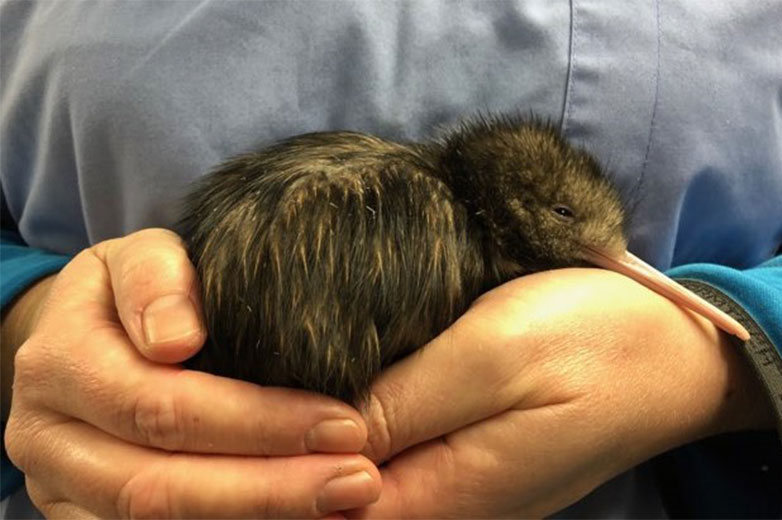
The Kiwi is truly unique
It is a bird, but it has features more characteristic of a mammal.
For example:
It has tiny wings but cannot fly.
It has loose feathers that are more like fur and unlike other birds the feathers moult throughout the year.
It is the only bird in the world with nostrils at the end of its beak.
It uses sensory pits at the tip of the bill to find food.
It has no tail feathers but does have whiskers, like a cat.
It has marrow in its bones, just like a human.
Very unusually, females have two ovaries, most birds have only one.
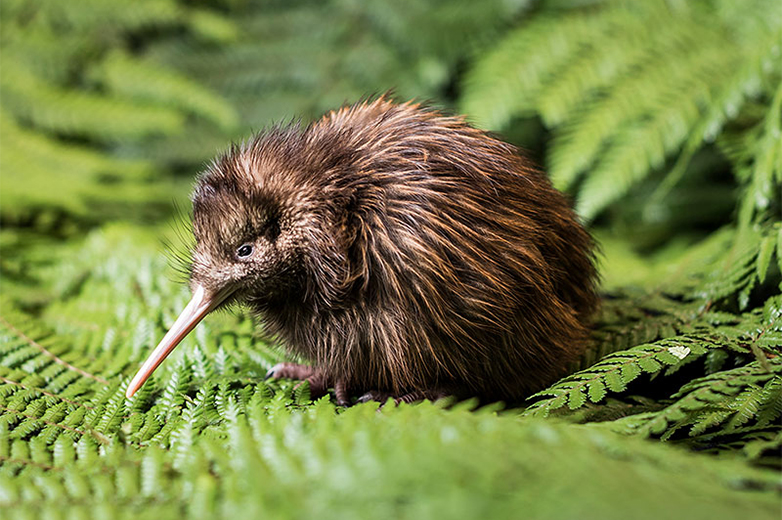
Kiwi are mostly nocturnal
Which means that they come out of their burrows after nightfall to forage for insects, grubs, earthworms, fallen fruit and native plants. Other night birds are equipped with big powerful eyes so they can see at night.
The kiwi is different. It has a well-developed sense of smell with the part of the brain controlling this sense being much larger and more like a mammal's structure than a bird’s. Kiwi have small eyes do not see as well at night, instead, it feels, smells and hears its way around.
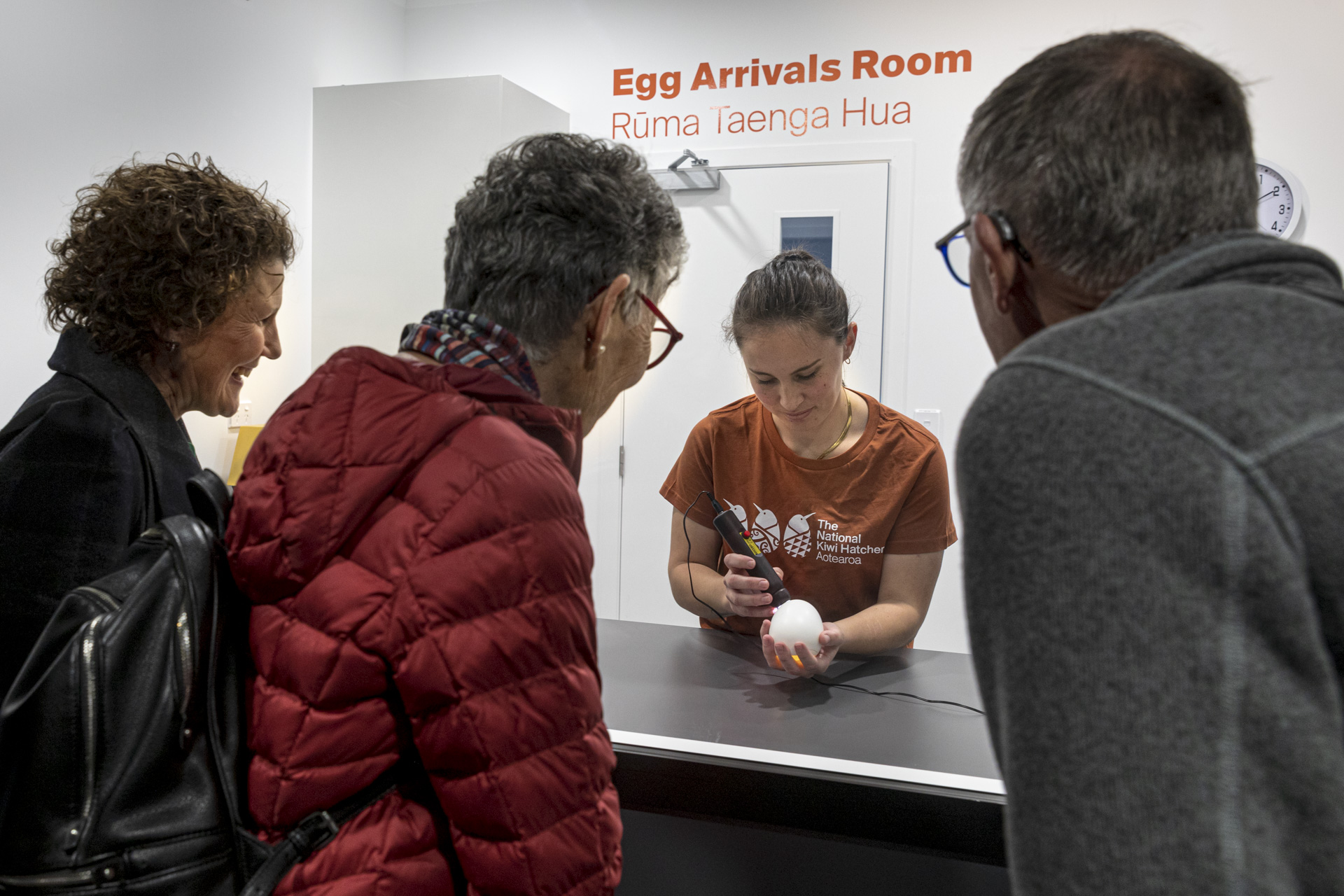
The Kiwi egg
Kiwi have one of the largest egg-to-body weight ratios of any bird. The egg averages 15% of the female's body weight (compared to 2% for the ostrich).
Incubation is done by the male and can take anything from 74-90 days. When first hatched, the belly of the chick is swollen with yolk which will sustain them for their first few days. Female kiwi grow to be larger than males (up to 3.3 kg and 45 cm).
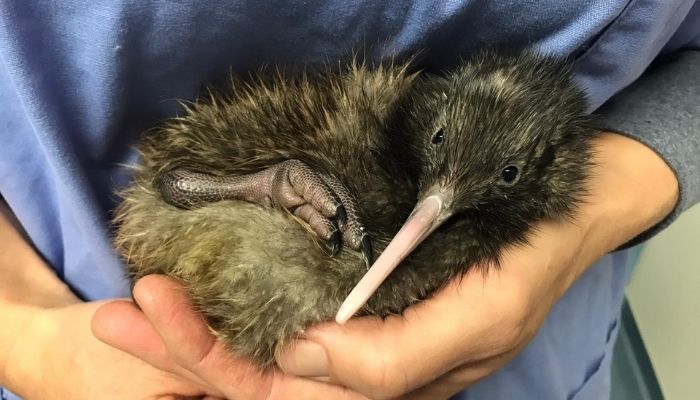
Feeding
Kiwi are omnivorous and although worms form a major part of their diet, they will also readily eat woodlice, millipedes, centipedes, slugs, snails, spiders, insects, seeds, berries and plant material. Kiwi feed at night and probe into the ground with their bill up to a depth of 12cm.
Big ear openings provide a very good sense of hearing and the long, graceful whiskers and sensitive bill help it locate food in the soil and leaf litter. Kiwi chicks are instinctive feeders and are not taught by parent birds to forage for food.
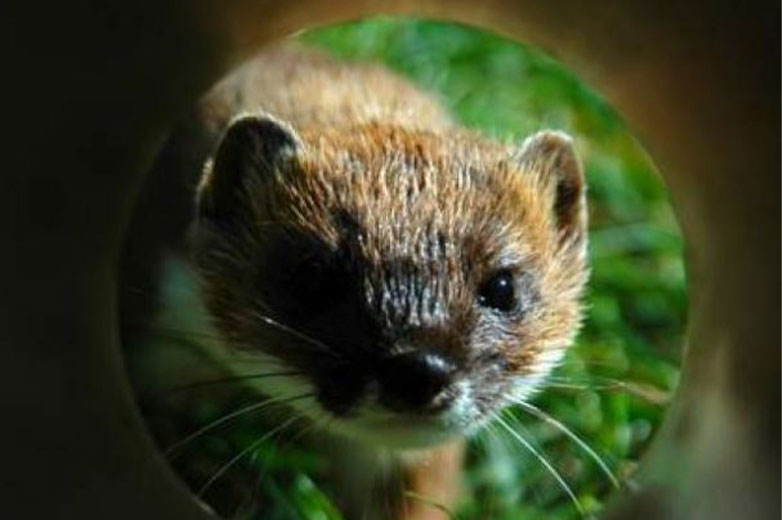
Threats
Stoats, ferrets and weasels are the biggest threat to the survival of Kiwi, closely followed by cats and dogs. Only 5% of all Kiwis hatched in the wild survive to adulthood.
The feather patterns allow kiwi to protect themselves by disappearing into the dark and fading into the forest vegetation. When distressed a kiwi freezes, disguising itself from aerial predators.
The kiwi is often given away by the sound of its uniquely placed 'noisy' nostrils at the tip of its bill. As it walks it taps the ground with its bill, probing the soil and sniffing loudly.
